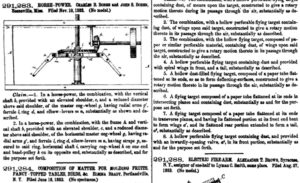The first rule of genealogy I learned is “search for research done by others”. That lesson continues to yield phenomenal results! Searching for Hambleton and Womack research I came across a four-volume work compiled by Edward Pleasants Valentine, who, incidentally, is a distant cousin!
Published posthumously in 1929, Edward’s tome of abstracted colonial court records on 34 family surnames includes the Mosebys and Womacks, two families intertwined with the Hambletons. Thus, my search for evidence that Martha Hambleton, my 7th great grandmother, was born Martha Womack was a short one. Contained within Edward’s treasure trove of abstracts were the following:
- The marriage licence of one John Moseby and Martha Womack, daughter of ABRAHAM WOMACK, 1708.
- John Moseby’s will naming John and Martha’s 5 1/2 children, 1719. (Martha was with child when John passed. The abstractor extraordinaire Edward is a descendant of John and Martha’s first-born son, John Jr.)
- References to Martha Hambleton, wife of James Hambleton, as the “relict” (i.e., widow) of John Moseby, various dates.
- Abraham Womack’s will, which is missing the middle third and names “..tha Hambleton as an heir, 1733.
Ah, genealogical gems. And just like that, Abraham Womack, my 8th great grandfather, took his place on my family tree. Incidentally, Abraham was almost 90 years old when he died. That’s almost unbelievable considering it 1733.
Thanks, Cousin Edward!
Kenfolk: Tranthams
Relationship: 8th great grandfather
Common ancestors: More Womacks, I suspect
